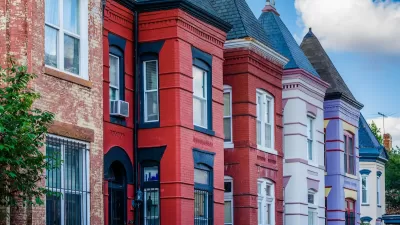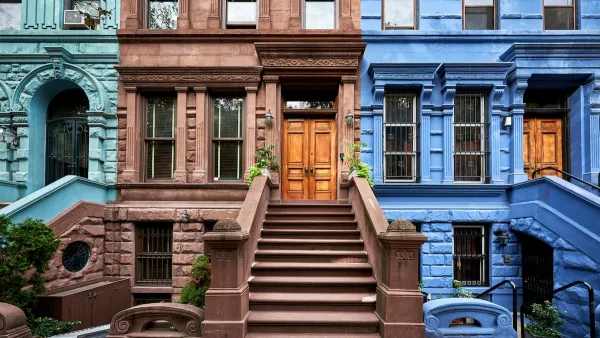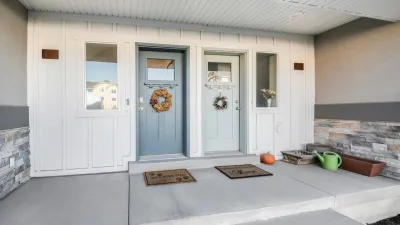The city is making it easier to build multigenerational housing that can accommodate families, children, and seniors who want to ‘age in place.’

A multigenerational housing model could offer relief from high housing costs and a built-in community for residents of Anchorage, Alaska.
In a piece for Alaska Public Radio, Ava White explains how one family has housed four generations in a Fairview fourplex. Now, local policymakers like Devin Kelly of the Cook Inlet Housing Authority are looking to make it easier to build and access multigenerational housing. “Multigenerational living allows people to balance community and privacy, and have access to live in support, like eldercare. Anchorage has an affordable childcare shortage, and Kelly calls the potential to live with a built-in childcare giver is a ‘huge deal.’” Kelly notes that the definition of multigenerational housing is flexible and would not apply to only related family members.
White adds, “The city is in a better position to support new developments of multigenerational housing after Anchorage officials made a number of changes to the housing code. The Anchorage Assembly passed the HOME Initiative in June, which basically eliminates single family zoning. They’ve also increased where accessory dwelling units can be added, and eliminated off-street parking requirements which gives developers more flexibility when building.”
FULL STORY: Housing advocates look to multigenerational living as a possible solution to Anchorage housing crunch

Planetizen Federal Action Tracker
A weekly monitor of how Trump’s orders and actions are impacting planners and planning in America.

Map: Where Senate Republicans Want to Sell Your Public Lands
For public land advocates, the Senate Republicans’ proposal to sell millions of acres of public land in the West is “the biggest fight of their careers.”

Restaurant Patios Were a Pandemic Win — Why Were They so Hard to Keep?
Social distancing requirements and changes in travel patterns prompted cities to pilot new uses for street and sidewalk space. Then it got complicated.

Platform Pilsner: Vancouver Transit Agency Releases... a Beer?
TransLink will receive a portion of every sale of the four-pack.

Toronto Weighs Cheaper Transit, Parking Hikes for Major Events
Special event rates would take effect during large festivals, sports games and concerts to ‘discourage driving, manage congestion and free up space for transit.”

Berlin to Consider Car-Free Zone Larger Than Manhattan
The area bound by the 22-mile Ringbahn would still allow 12 uses of a private automobile per year per person, and several other exemptions.
Urban Design for Planners 1: Software Tools
This six-course series explores essential urban design concepts using open source software and equips planners with the tools they need to participate fully in the urban design process.
Planning for Universal Design
Learn the tools for implementing Universal Design in planning regulations.
Heyer Gruel & Associates PA
JM Goldson LLC
Custer County Colorado
City of Camden Redevelopment Agency
City of Astoria
Transportation Research & Education Center (TREC) at Portland State University
Camden Redevelopment Agency
City of Claremont
Municipality of Princeton (NJ)





























